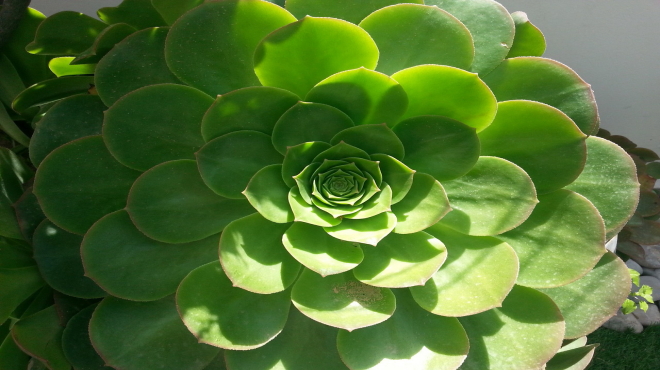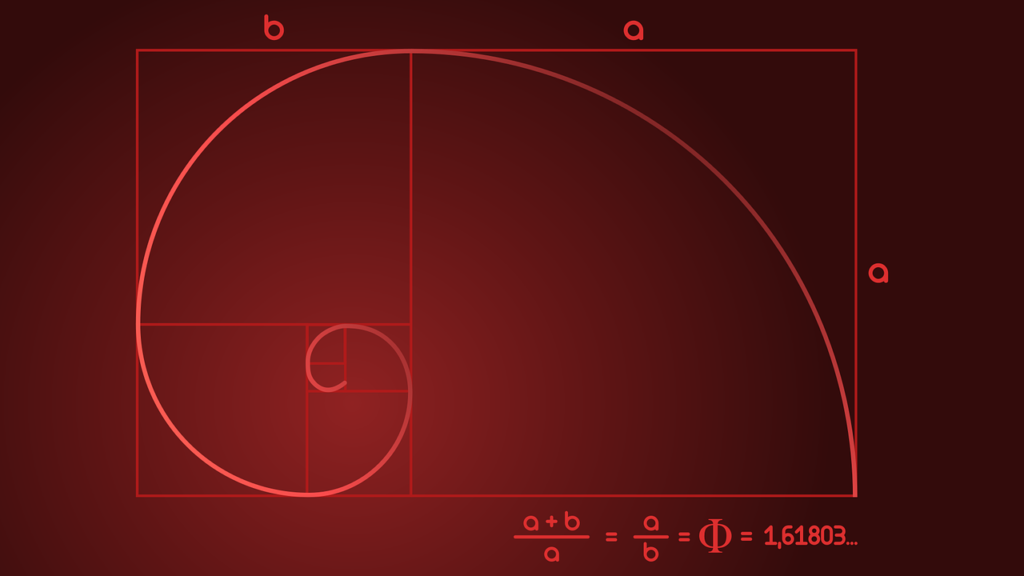The golden ratio: what is it and why is it special
The golden ratio is a universal constant defined by ancient Greeks, and indicated with the letter phi Φ (or φ) of the Greek alphabet. This irrational number equals 1.618 and because of its incredible connections to nature and the human body, it’s considered one of the most beautiful numbers in human history.Back in the 4th century BC, Ancient Greeks found beauty in harmony, proportion and symmetry, all things that the golden ratio satisfied so perfectly, that it was considered sacred, even dictated by God himself. This is why another name to indicate 1.618 is divine proportion. But what’s so special about it?

This phenomenon has always been a link between mathematics and disciplines like arts, music and architecture, in fact we can observe it through animals, plants, flowers, the DNA structure and planet’s movements in the Solar System. Many artists used it in well-known masterpieces like the Parthenon in Athens, the pyramid of Giza, the Mona Lisa, the Last Supperand Beethoven and Mozart’s music.A very fascinating fact about the golden section is how it appears in the human body. In Math, we say that two quantities are in golden ratio only in a specific case: for example, by partinga line segment in two pieces of different lengths, we can either dividethe whole segment byits longer part or, we can divide the longer part by the shorter part.

If in each case we obtain the same result, we’ve got our golden ratio.

Still, what does this have to do with the human body? No matter how flat it might sound at first impact, applying the exact same concept on our figure is definitely more intriguing. Try measure the distance between your navel and the floor. Then, if you divide your height by it, you’ll most likely obtain a number close to 1.618.Here’s another example: measure the length of your arm from your shoulder to the end of your fingers and divide it by the length elbow-finger end. In this case, you’ll get a number close to the divine proportion as well and there are lots of examples like these in our body structure.The golden ratio also indirectly connects to a certain numeric sequencepresent in nature, that we observe in particularly in leaves and tree branches growth: the Fibonacci series0,1,1,2,3,5,8,13,21…etc.In this serieseach number equals the sum of the previous two: 1+1=2; 2+3=5; 5+3=8 etc. What’s interesting though, is that when we place one of its numbers over the previous, the result is close to the golden ratio itself.
Building squares from the Fibonacci series like in the picture, gives us the golden rectangle (or Fibonacci rectangle) in which it’s possible to draw a golden spiral (or Fibonacci logarithmic spiral). It manifests itself in a great number of things in the environment that apparently have nothing in common, like sunflowers, shells, tornados and even galaxies. In the end, it seems that this mathematical ratio is more present in the world surrounding us than one might think. Whether or not 1.618 really represents beauty as a universal code, it doesn’t change the fact that it constantly appears in our everyday life making it a truly wonderful number
Sabrina Scolaro 3BBS






